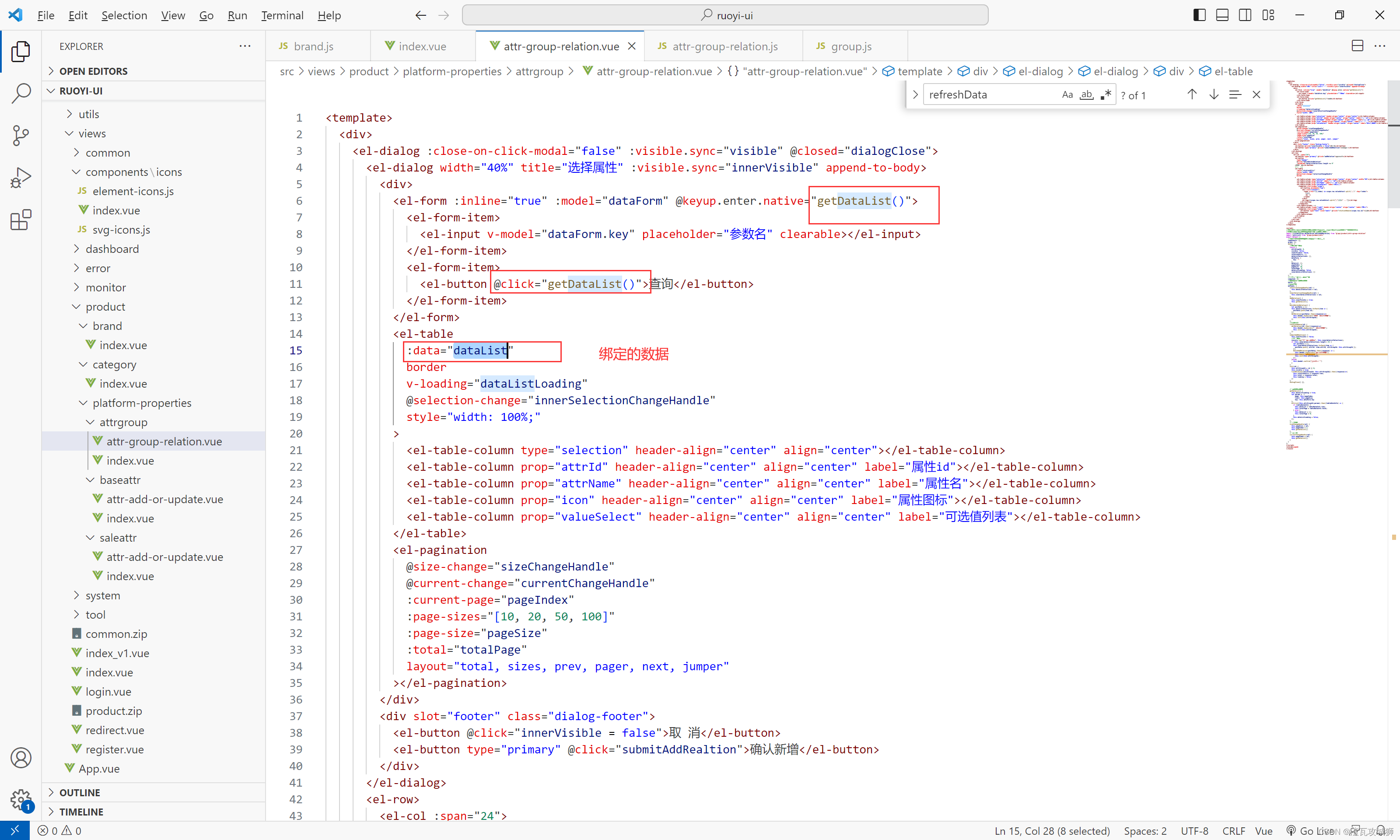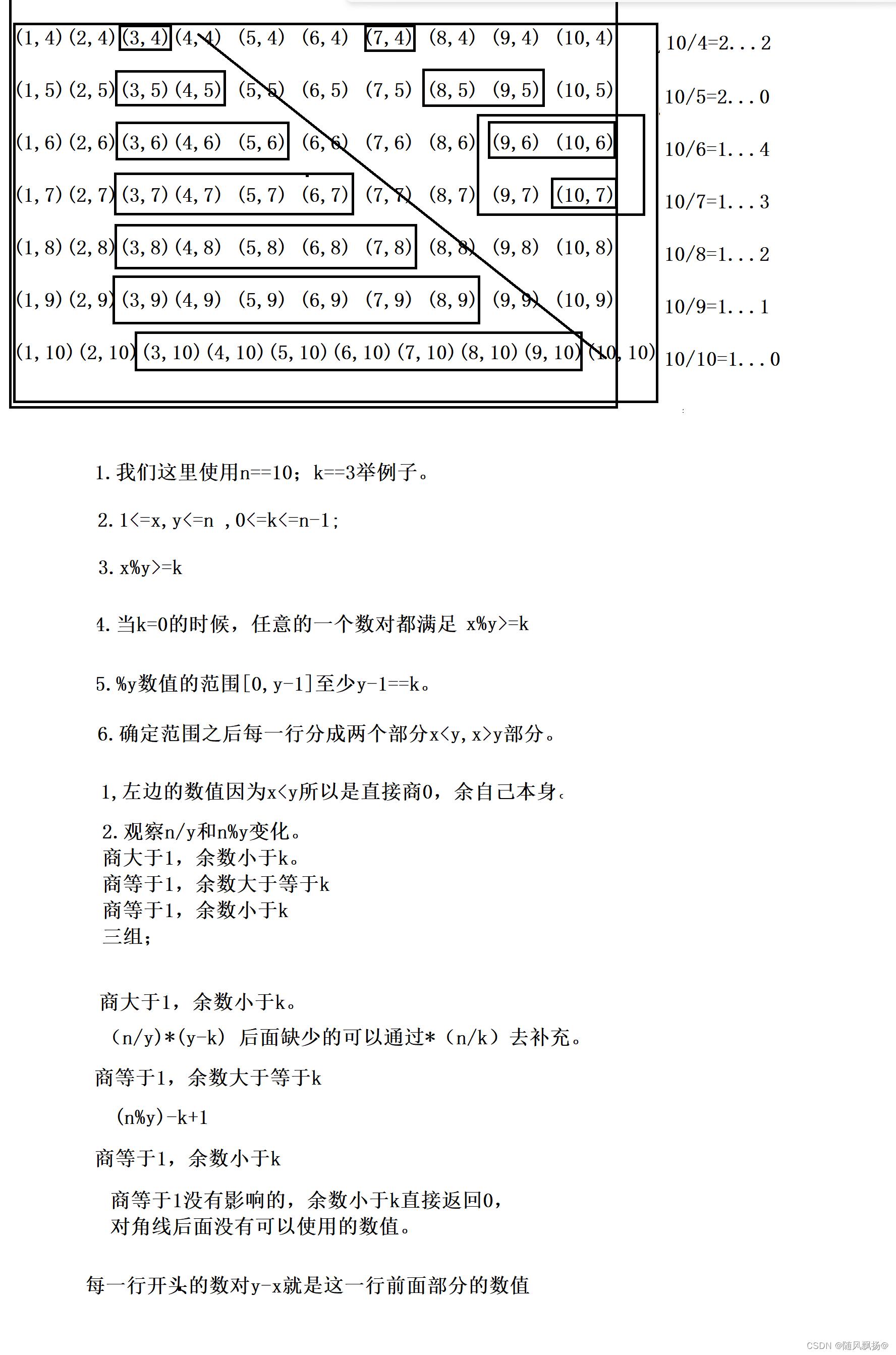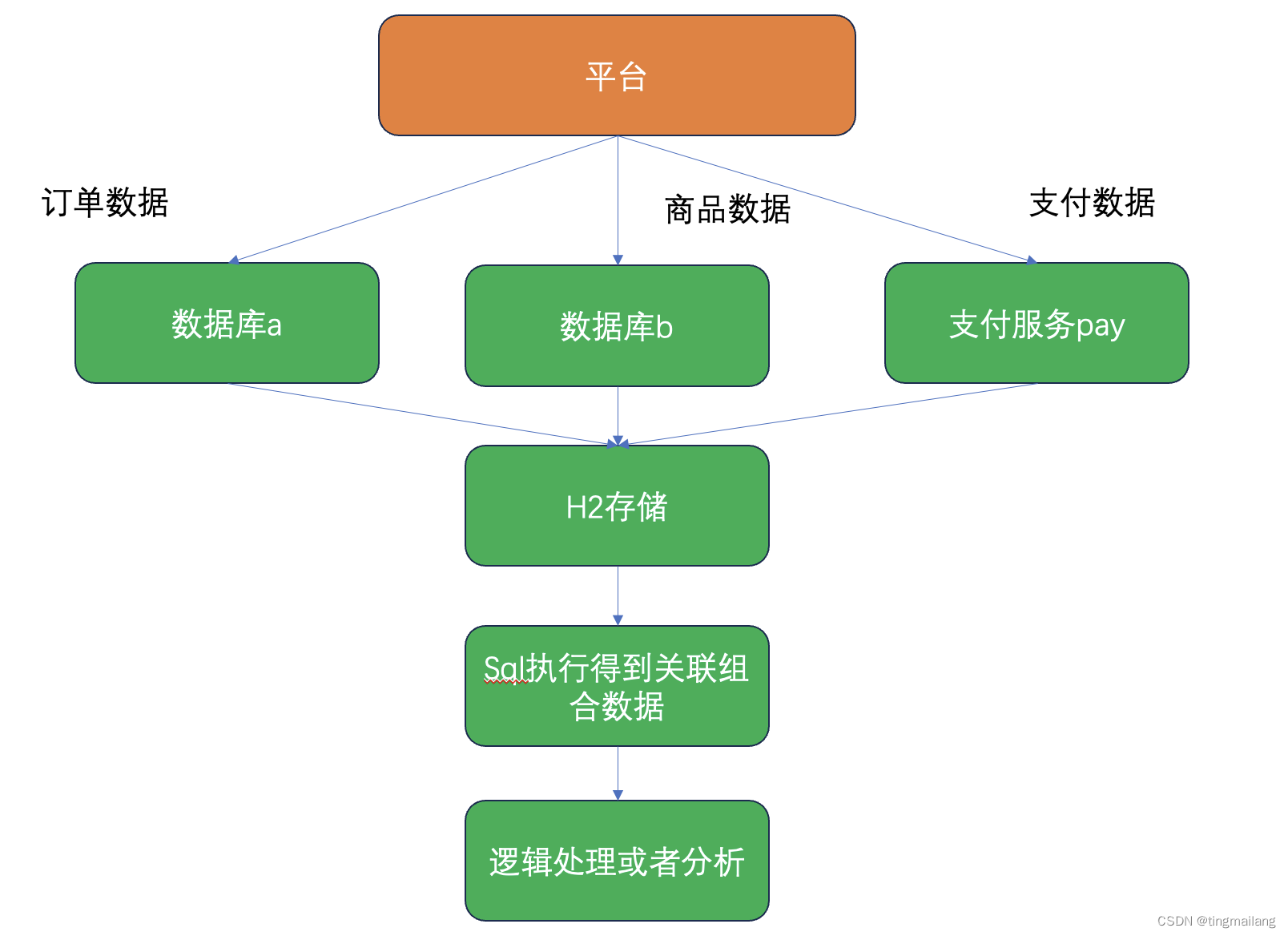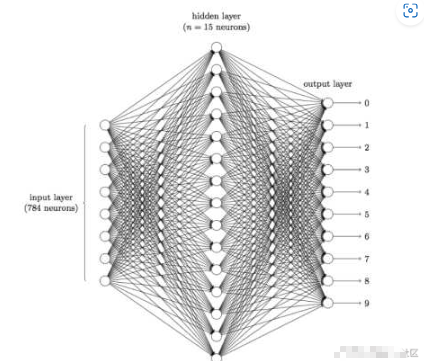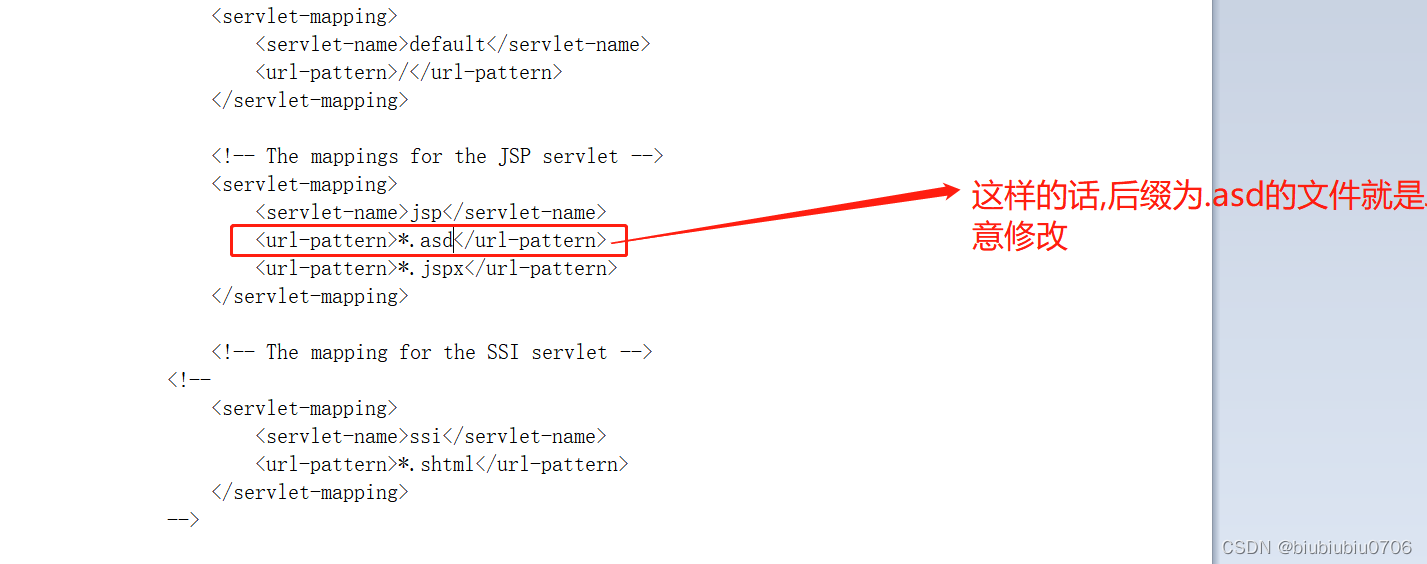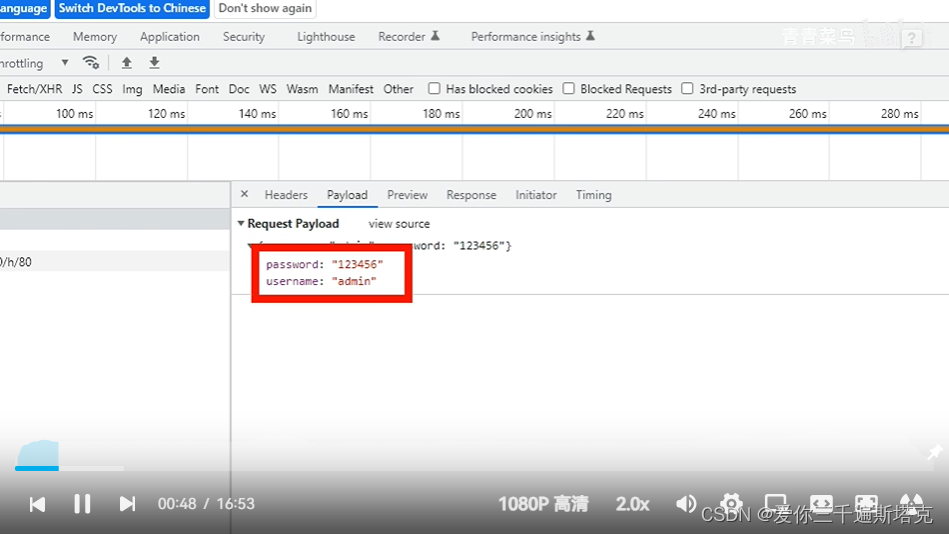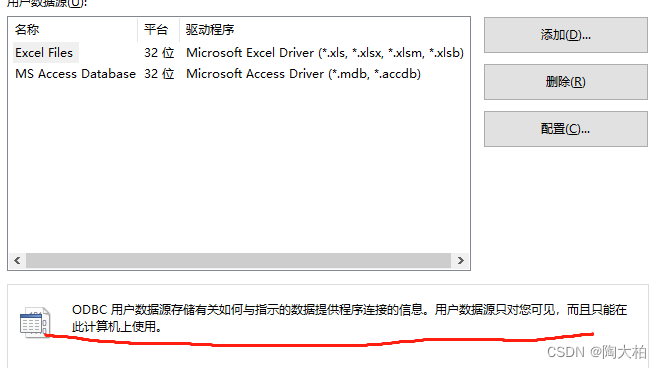文章目录
- 猫猫与数学
- 问题建模
- 问题分析
- 1.转换条件
- 2.分析新的gcd
- 3.方法1筛约数判断
- 代码
- 4.方法2筛质因子判断
- 代码
猫猫与数学
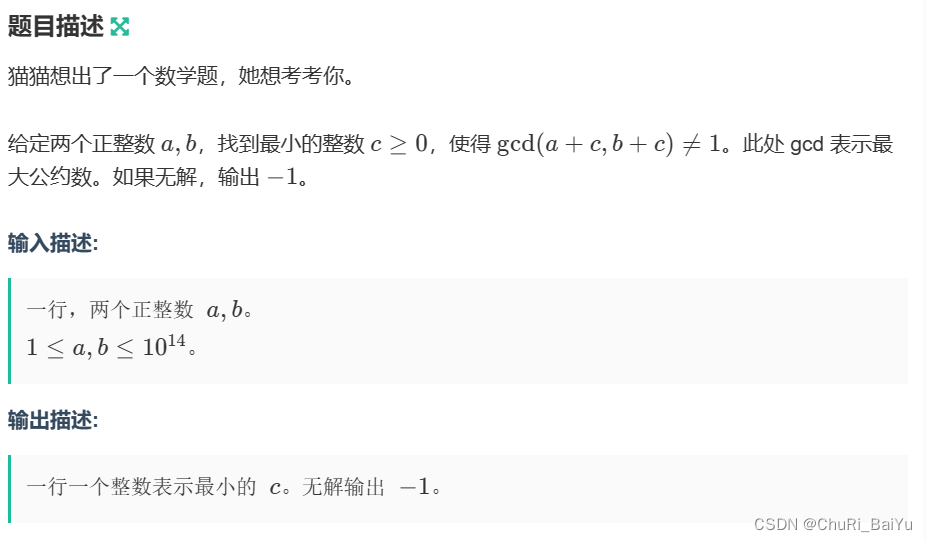
问题建模
给定两个正整数a,b,问能否找到最小的整数c,使得gcd(a+c,b+c)不等于1,若可以输出c,不行则输出-1。
问题分析
1.转换条件
将a,b变为a>=b的形式,然后采用更相减损法将gcd(a+c,b+c)变为gcd(a-b,b+c),这样新的gcd()里面就只有一个未知数。
2.分析新的gcd
由于a-b为定值,则gcd求出的公约数可以通过a-b的约数找到,在找到一个约数后判断是否能构造出一个有同样约数b+c即可,最终输出最小的c即可。
3.方法1筛约数判断
代码
#include<bits/stdc++.h>
#define x first
#define y second
#define C(i) str[0][i]!=str[1][i]
using namespace std;
typedef unsigned long long ULL;
typedef long long LL;
typedef pair<int, int> PII;
typedef pair<LL, LL> PLL;
const int N = 2e5 + 10, P = 2048;
const LL INF=1e18;
LL a,b;
LL check(LL x){
if(x==1) return INF;
///不需要考虑b%x==0的情况,因为该情况在判断gcd(a,b)>1时已经判断了
return x-b%x;
}
void solve() {
cin >>a >>b;
if(a<b) swap(a,b);
if(__gcd(a,b)>1) puts("0");
else{
///特判,差1时,公约数只能为1,故输出-1。相等且不为偶数时,+1至少有公因子2,>1
if(a-b==1) puts("-1");
else if(a-b==0) puts("1");
else {
LL s=a-b;
LL res=INF;
for(LL i=1;i<=s/i;i++){
if(s%i==0){
res=min({res,check(i),check(s/i)});
}
}
cout <<res <<"\n";
}
}
}
int main() {
int t = 1;
//cin >> t;
while (t--) solve();
return 0;
}
4.方法2筛质因子判断
代码
#include<bits/stdc++.h>
#define x first
#define y second
#define C(i) str[0][i]!=str[1][i]
using namespace std;
typedef unsigned long long ULL;
typedef long long LL;
typedef pair<int, int> PII;
typedef pair<LL, LL> PLL;
const int N = 2e5 + 10, P = 2048;
const LL INF=1e18;
void solve() {
LL a,b;
cin >>a >>b;
if(a<b) swap(a,b);
if(__gcd(a,b)>1) puts("0");
else{
if(a-b==1) puts("-1");
else if(a-b==0) puts("1");
else {
LL s=a-b;
LL res=INF;
for(LL i=2;i<=s/i;i++){
if(s%i==0){
res=min(res,i-b%i);
while(s%i==0) s/=i;
}
}
if(s>0) res=min(res,s-b%s);
cout <<res <<"\n";
}
}
}
int main() {
int t = 1;
//cin >> t;
while (t--) solve();
return 0;
}

![Vue [Day7]](https://img-blog.csdnimg.cn/2949ac45ab29493dab678e2d2757e89b.png)

